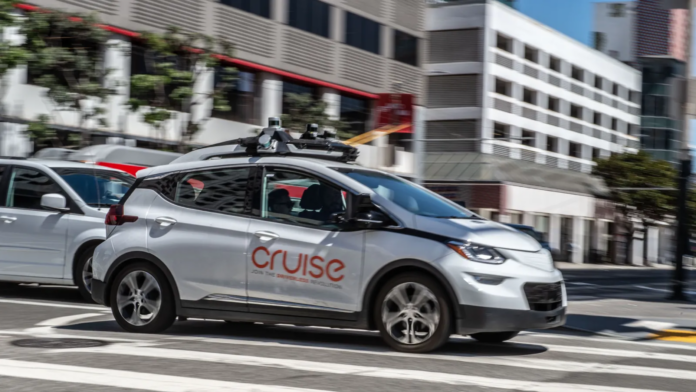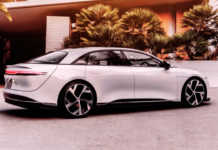In a significant shift in strategy, General Motors (GM) is scaling back its investment in its self-driving car unit, Cruise, following recent challenges that have raised questions about the future of driverless vehicles. This move comes after a serious incident in San Francisco involving a Cruise autonomous vehicle, leading to a reevaluation of the company’s expansion plans in the realm of autonomous transportation.
Mary Barra, GM’s CEO, has indicated a substantial reduction in Cruise’s budget for the upcoming year. This strategic decision aims to recalibrate the pace of Cruise’s operations, focusing on a more measured approach to growth and expansion. During an investor call, Paul Jacobson, GM’s CFO, projected a decrease in spending by hundreds of millions of dollars in 2024, marking a stark departure from Cruise’s previously aggressive expansion plans across several U.S. cities.
The recent turn of events stems from an accident involving a Cruise robotaxi and a pedestrian, which has not only led to legal and regulatory scrutiny but also prompted introspection within the company about the safety and viability of its autonomous vehicle technology. In response to the incident, Cruise recalled all 950 vehicles in its fleet and ceased operations in Austin and Phoenix, while also shelving plans for commercial launches in other major cities.
Barra emphasized the company’s renewed commitment to safety, transparency, and accountability. Recognizing the importance of rebuilding trust with regulatory bodies and the communities where Cruise operates, GM is poised to undertake a rigorous review and enhancement of its safety protocols and technology. This cautious approach underlines the company’s acknowledgment of the societal and safety implications of autonomous vehicles, reinforcing the need for meticulous development and deployment of this technology.
The controversy surrounding Cruise’s operations highlights broader challenges facing the autonomous vehicle industry. Reports of Cruise vehicles struggling to interpret hand signals from traffic police in Austin have underscored the complexities of integrating driverless technology into real-world scenarios. These incidents reflect the intricate and often unpredictable nature of urban traffic environments, presenting a formidable challenge for AI-driven transportation systems.
GM’s acquisition of Cruise in 2016 for around $1 billion was a bold bet on the future of autonomous driving. However, financial reports reveal that GM has incurred significant losses on Cruise, amounting to $8.2 billion since 2017, with substantial investments continuing this year. This financial backdrop adds complexity to the company’s decision-making process regarding the future direction of Cruise.
The announcement from Barra marks a pivotal moment for GM and Cruise, as they navigate the competitive landscape of driverless technology. While Alphabet’s Waymo continues to operate in key markets like San Francisco and Phoenix, GM’s revised strategy for Cruise signals a more cautious and deliberate path forward in the autonomous vehicle sector.
In summary, GM’s reevaluation of its investment in Cruise reflects the intricate and evolving nature of the autonomous vehicle industry. As the company adapts to the challenges and learns from recent setbacks, it remains committed to advancing driverless car technology, albeit with a renewed focus on safety and feasibility. This strategic pivot underscores the importance of balancing innovation with responsibility in the rapidly advancing world of autonomous transportation.











